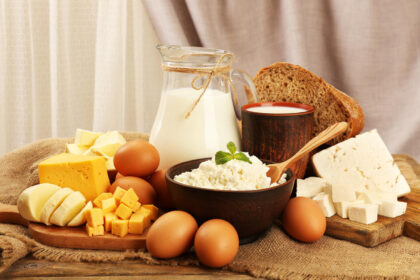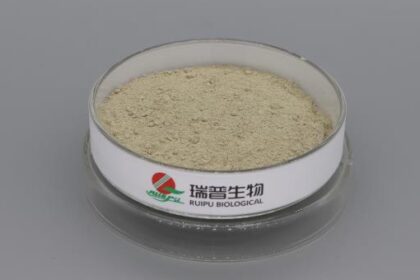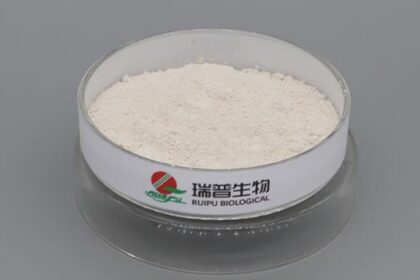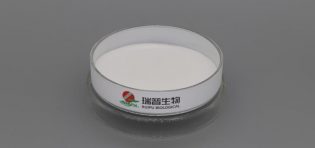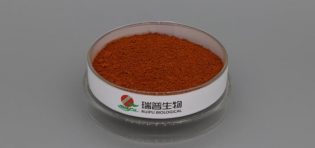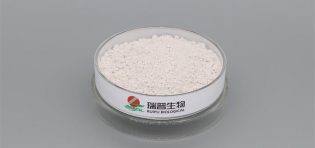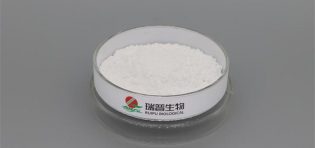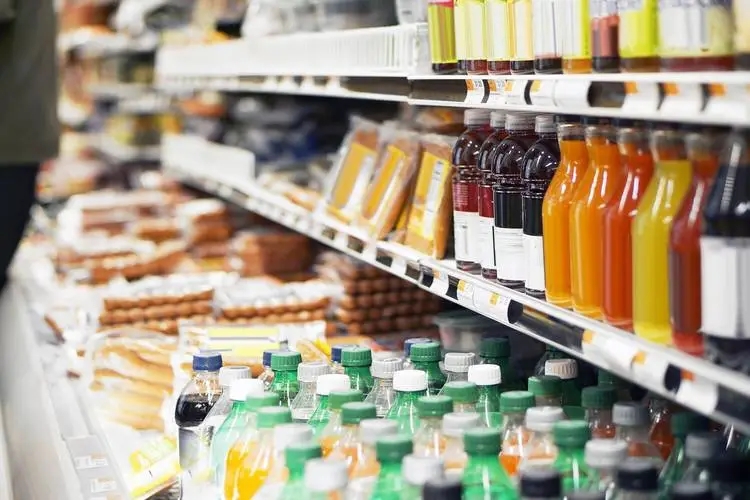
The stability of food-grade taurine in food products is a complex and important issue influenced by multiple factors. Taurine, chemically known as β-aminoethanesulfonic acid, is a sulfur-containing non-protein amino acid. It has good water solubility, is non-toxic, and has relatively stable chemical properties. Its relatively inert chemical nature means it does not easily react with other substances under normal conditions, thereby maintaining its stability.
Despite its stable chemical properties, high temperatures can lead to the decomposition and inactivation of taurine. During cooking or food processing, high-temperature treatments may reduce the taurine content in food. To retain taurine as much as possible, researchers recommend using low-temperature, rapid cooking methods and possibly adding appropriate protectants to enhance its thermal stability.
Light exposure is a significant factor that accelerates the decomposition and inactivation of taurine. Therefore, in the packaging, storage, and transportation of food, measures should be taken to protect taurine from light to extend its shelf life.
Oxygen and humidity can also accelerate the decomposition of taurine. During food storage, controlling the oxygen content and humidity within the packaging is essential to maintain taurine's stability.
In dairy products like yogurt and cheese, taurine is used as a stabilizer and preservative. These products typically undergo pasteurization or ultra-high temperature instantaneous sterilization, which may affect taurine content. However, optimizing production processes and storage conditions can maximize taurine's stability.
The stability of taurine in other food products such as juices, beverages, baked goods, and meat products is also influenced by similar factors. The specific stability depends on the type of food, processing methods, storage conditions, and other factors.
The stability of food-grade taurine in food is affected by various factors such as temperature, light, oxygen, and humidity. To maintain its stability, measures such as low-temperature rapid cooking, adding protectants, light-proof packaging, and controlling oxygen content and humidity can be implemented. As a stabilizer and preservative in dairy products, taurine's stability significantly impacts the quality and shelf life of these products.
The stability of food-grade taurine in food is a complex issue requiring the consideration of multiple factors. By optimizing production processes and storage conditions, taurine's stability can be maximized, providing consumers with safer and more nutritious food products.

